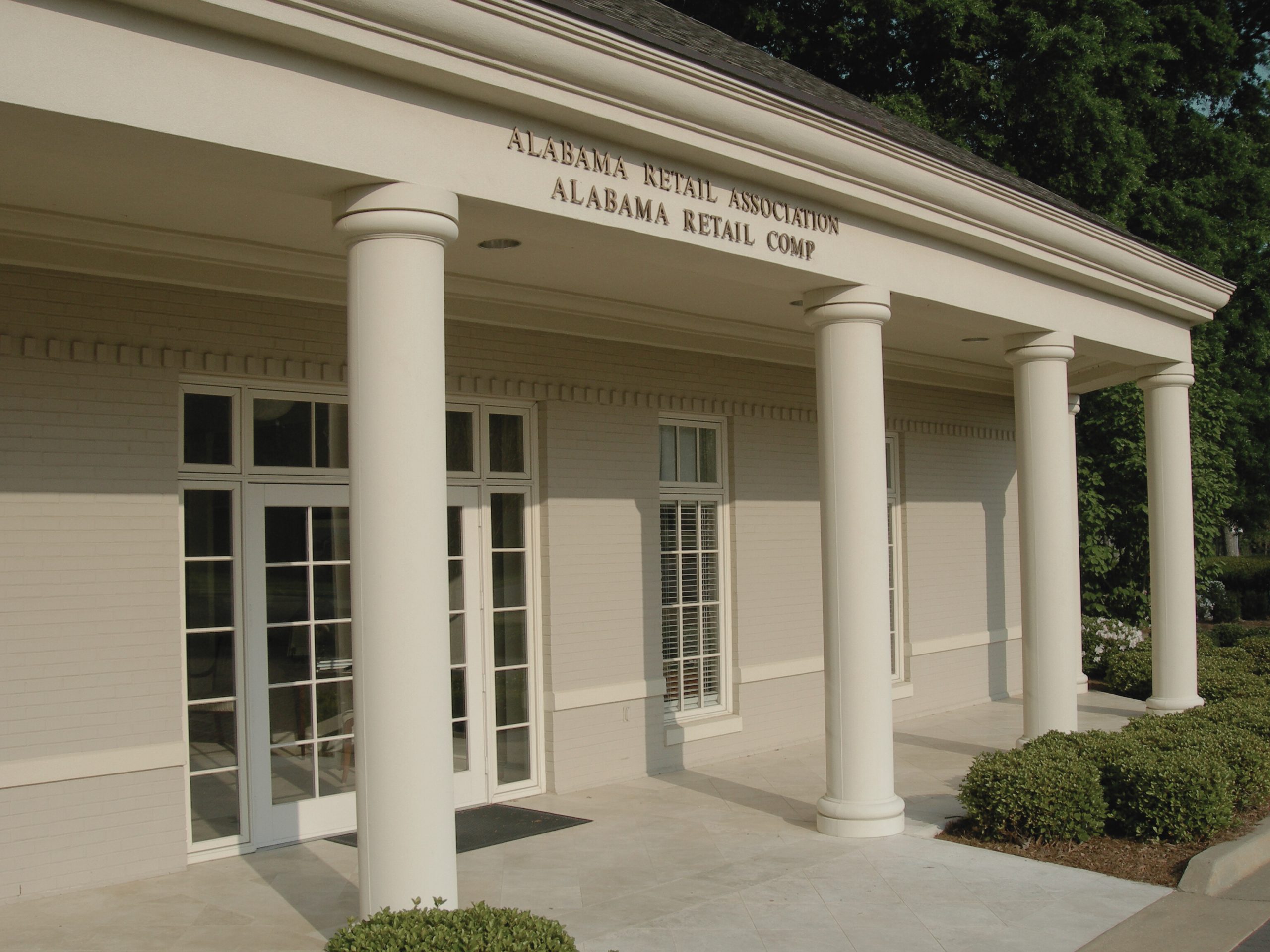


What is a Group Self-Insured Fund (GSIF)?

In 1965, the Alabama Legislature enacted Ala Code 25-5-9, allowing two or more employers, generally in similar industries or with similar class codes, to pool their liabilities to qualify as self-insurers. A self-insured group (SIG) is an association of employers formed for the specific purpose of providing statutory workers’ compensation and in some instances employers’ liability coverage. *
SIGs are designed to lower the costs associated with workers’ compensation coverage, thereby increasing cash flow back into the member’s business. SIGs can offer significant savings because many of the costs associated with traditional workers’ compensation insurance, do not apply to SIGs.
Members pay premium contributions to the SIG to cover losses, claims administration, and administrative expenses associated with managing the SIG. Any Excess Surplus (profit) generated in a particular year is eventually returned to the members in the group that year based on eligibility requirements. These are commonly referred to as “dividends” and are generally returned as a contribution credit.
SIGs in Alabama are regulated by the Alabama Department of Labor. SIG members are required to sign Participation Agreements that include Joint and Several Liability Clauses before joining the group. Joint and Several Liability means that each member is responsible for any deficit that occurred during the years they were a participant in the group.
SIGs can be a valuable and cost-effective alternative to traditional workers’ compensation insurance; however, employers should research the financial strength and how the SIG is managed prior to joining a SIG.
Source: Self Insurance Institute of America Inc (SIIA)

